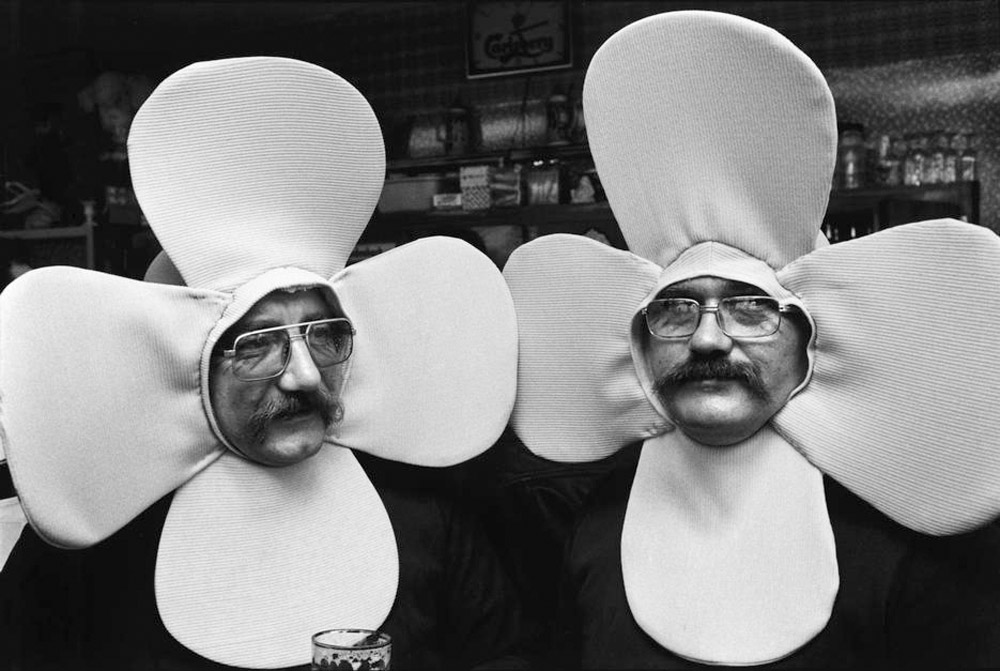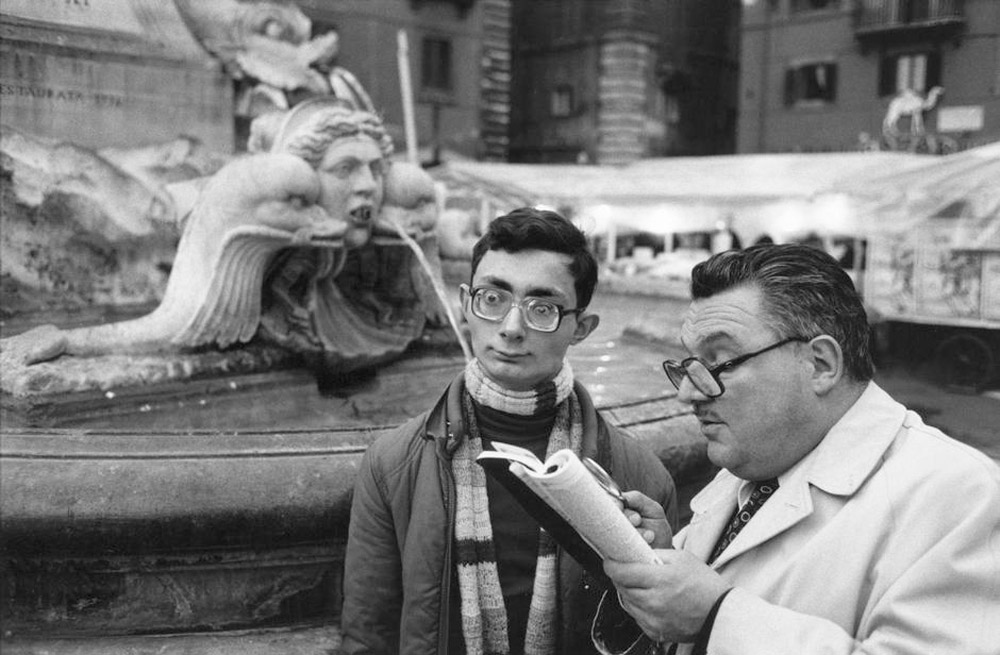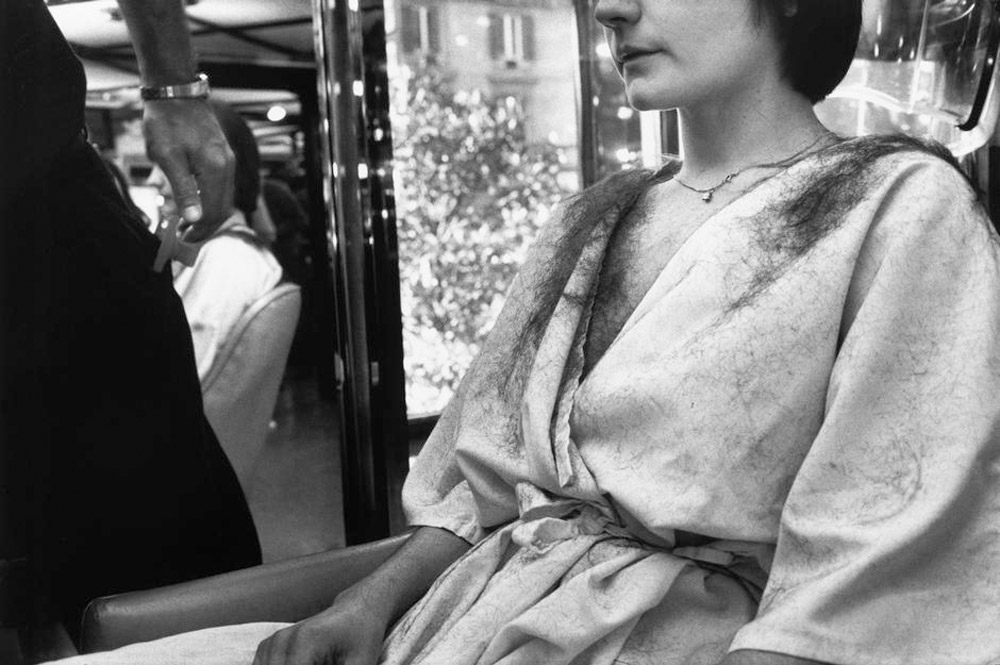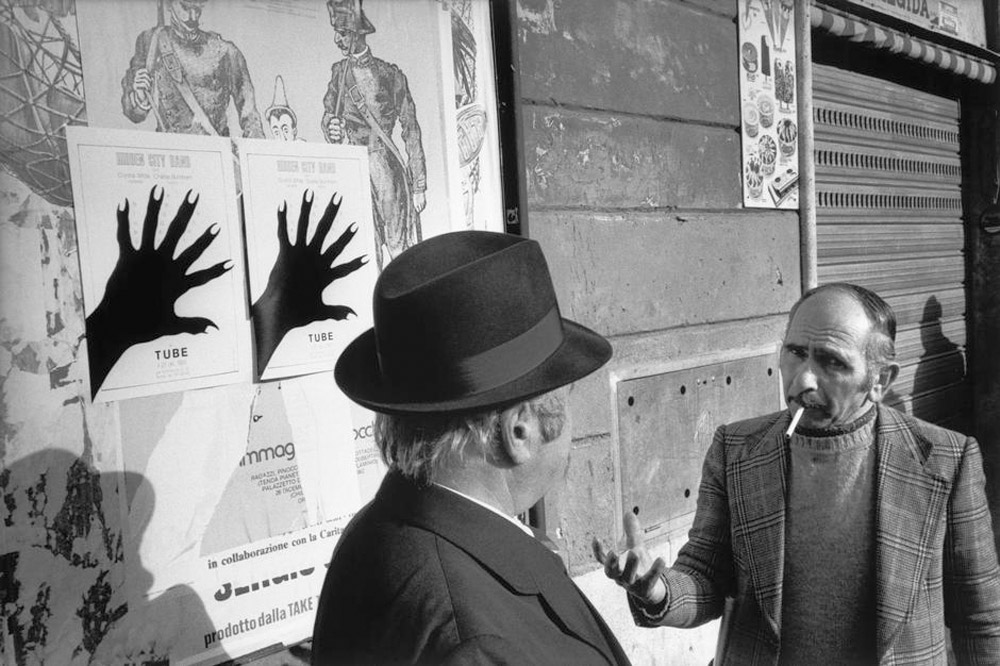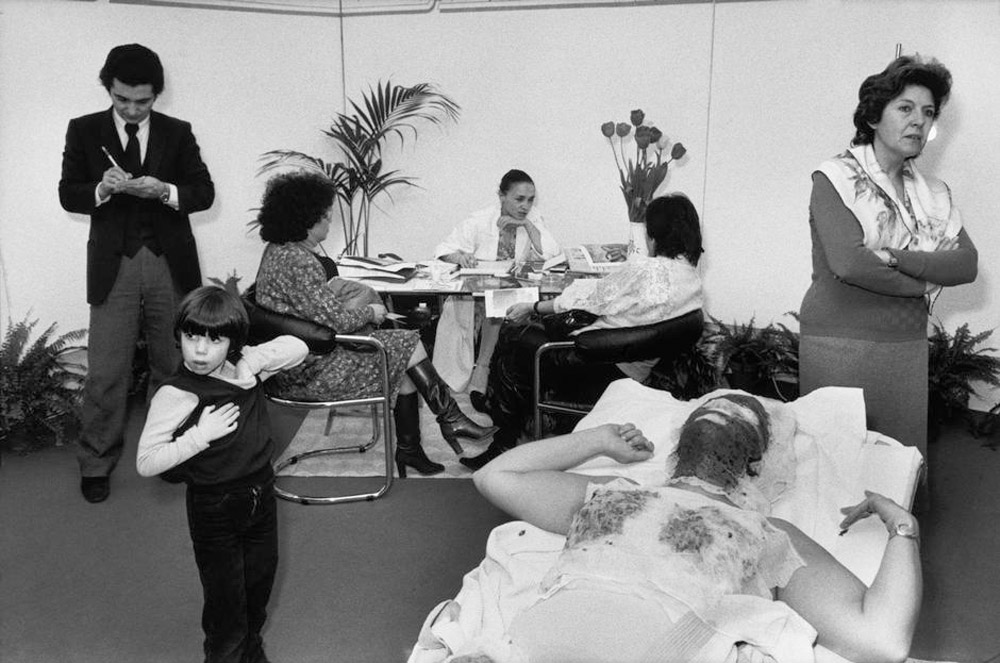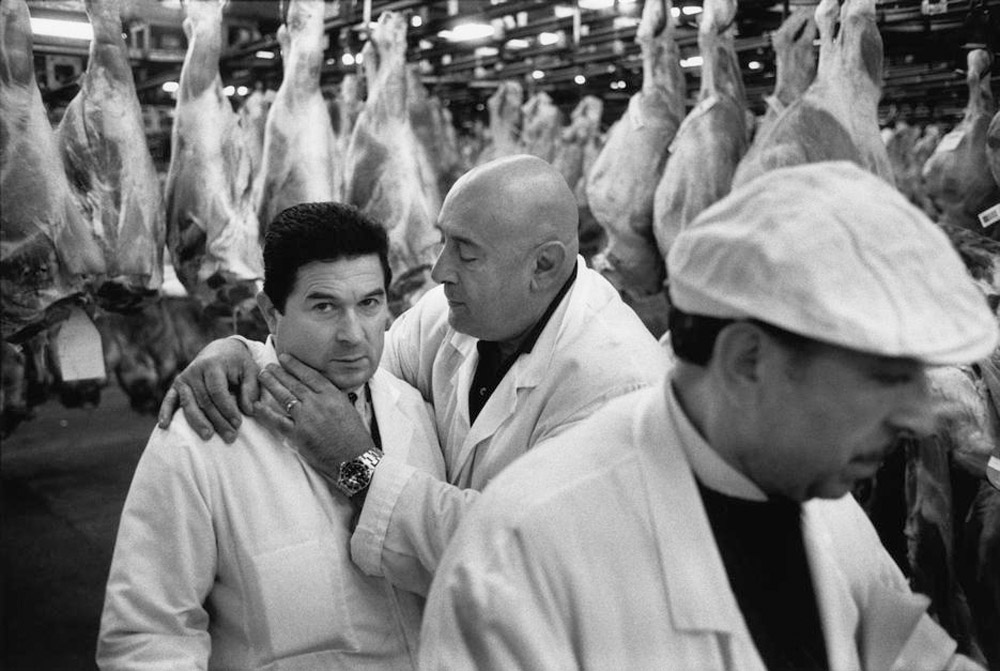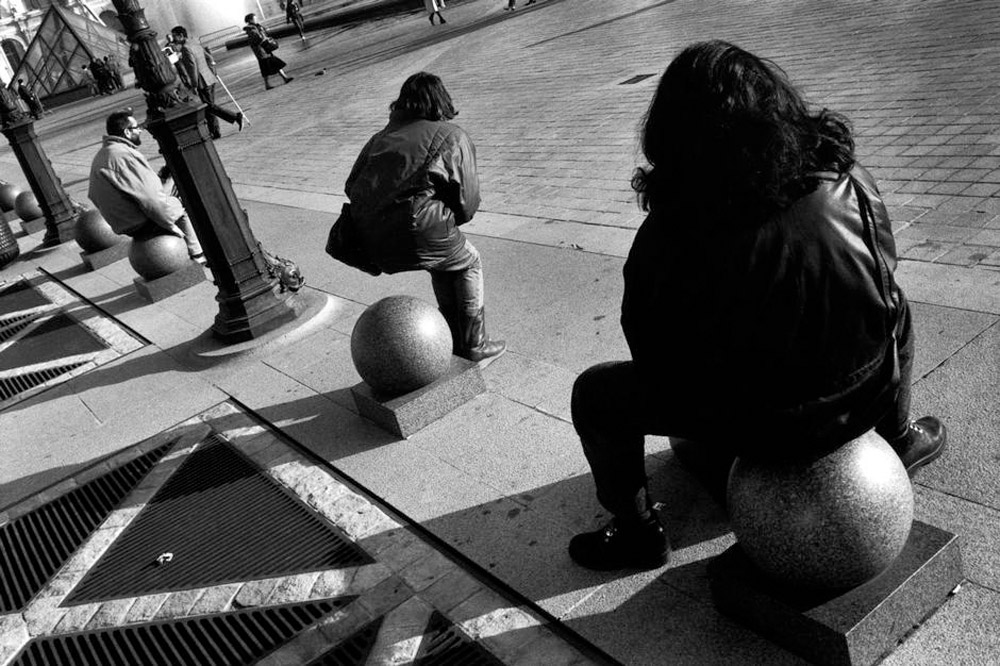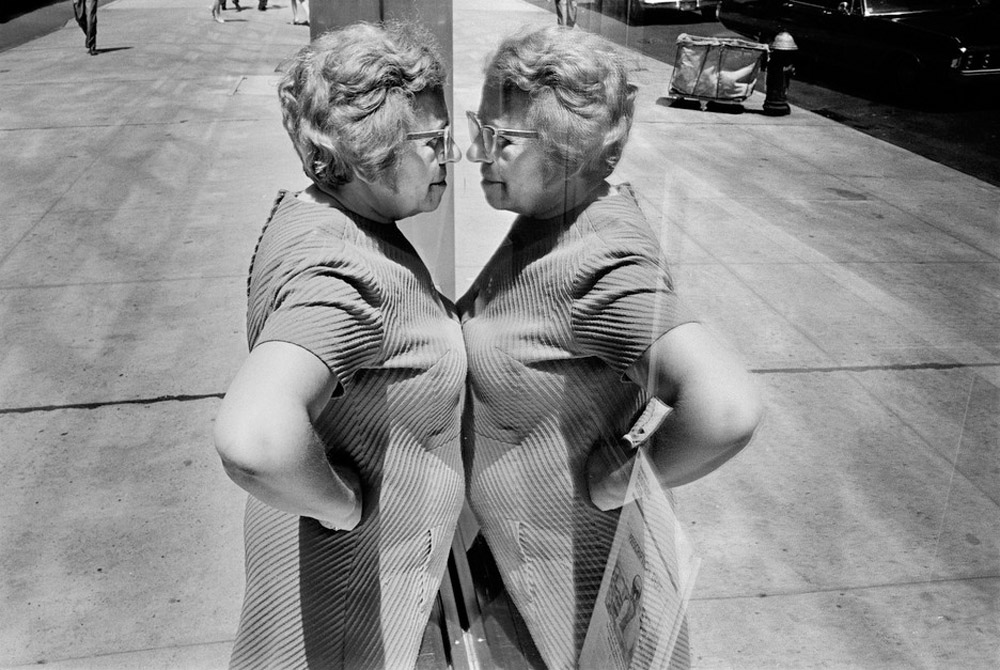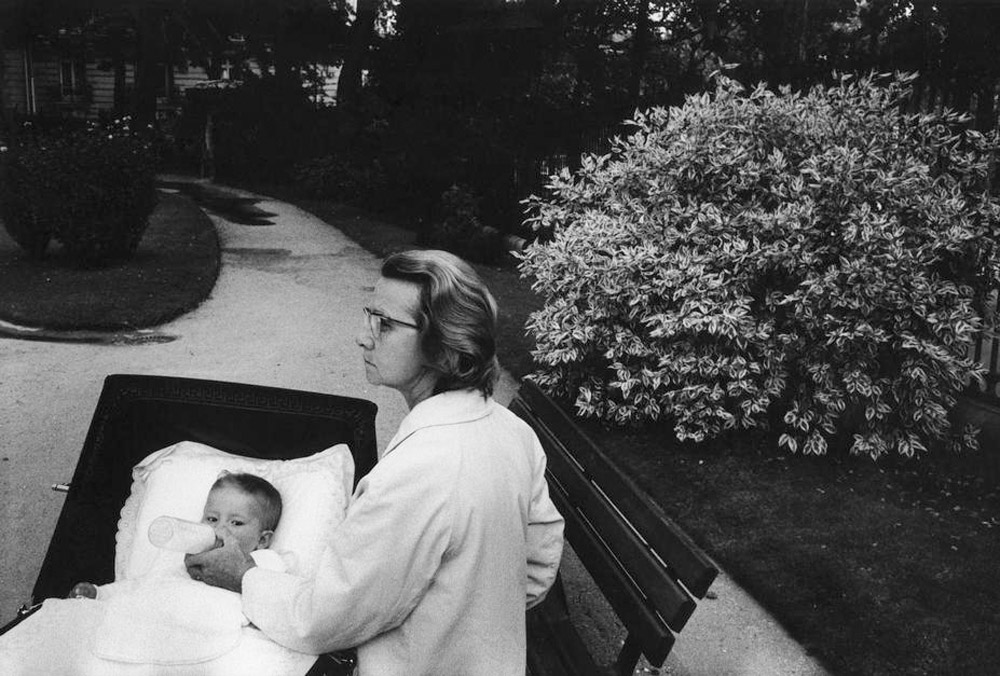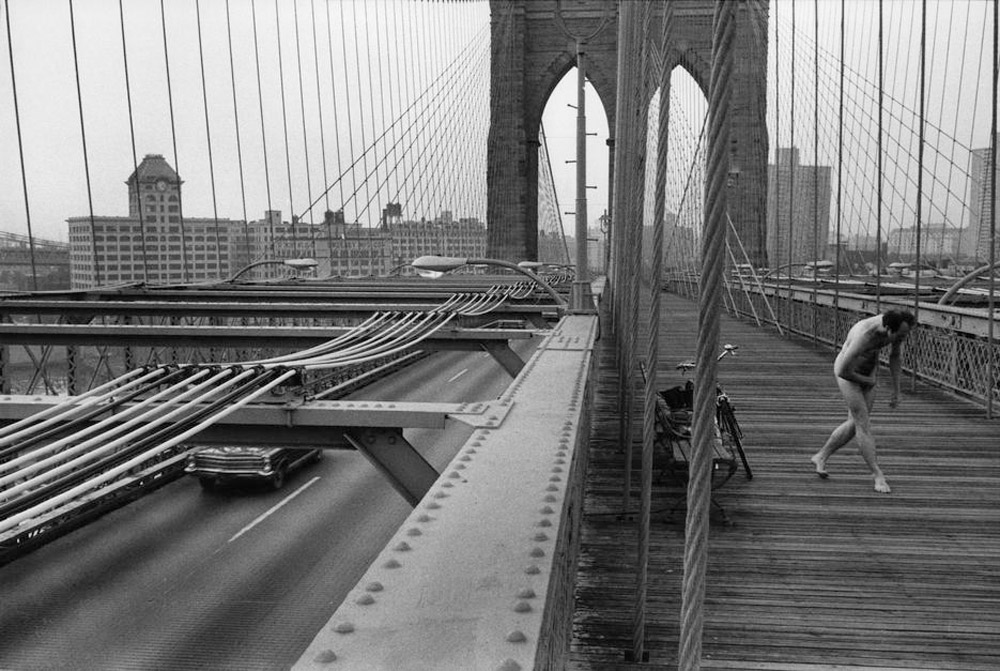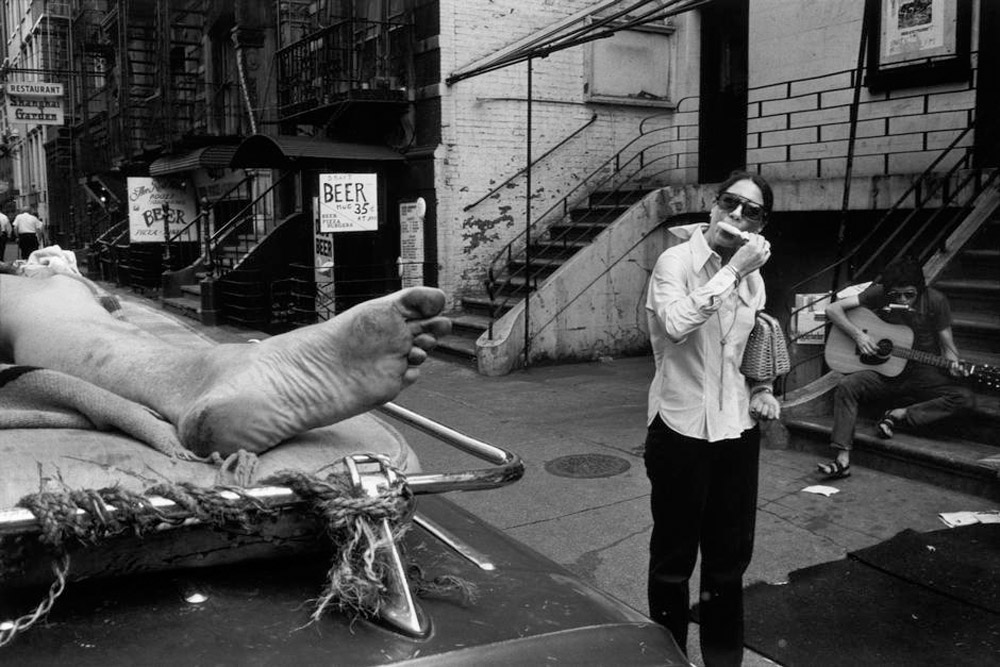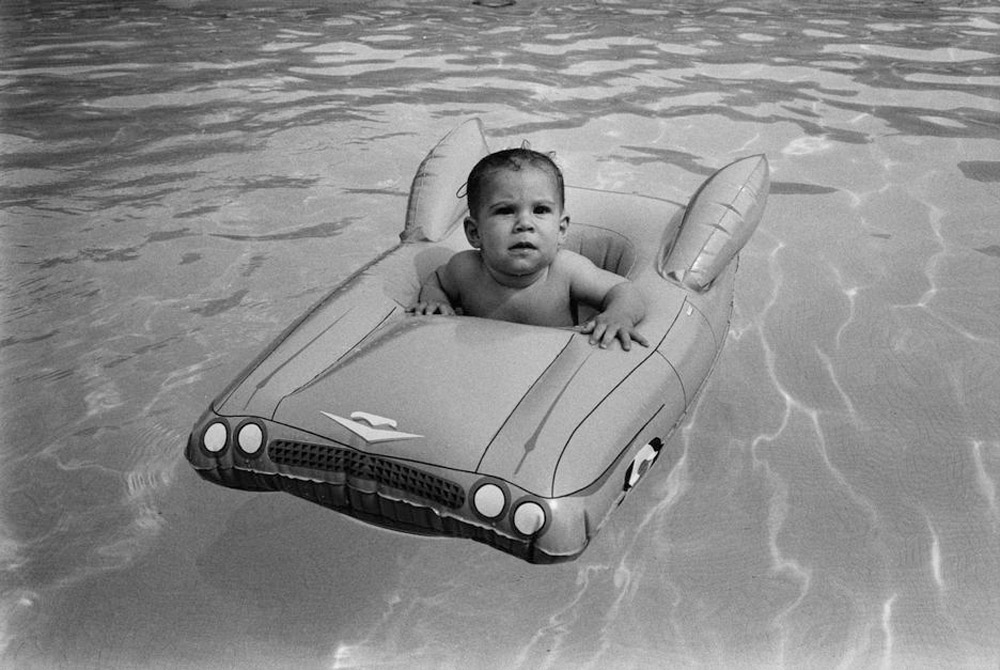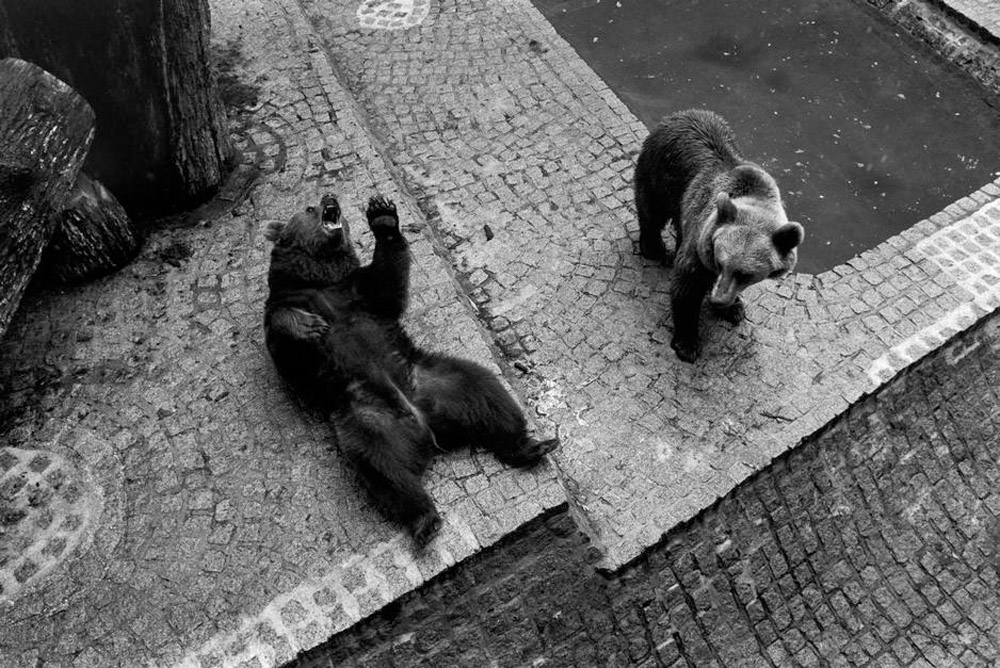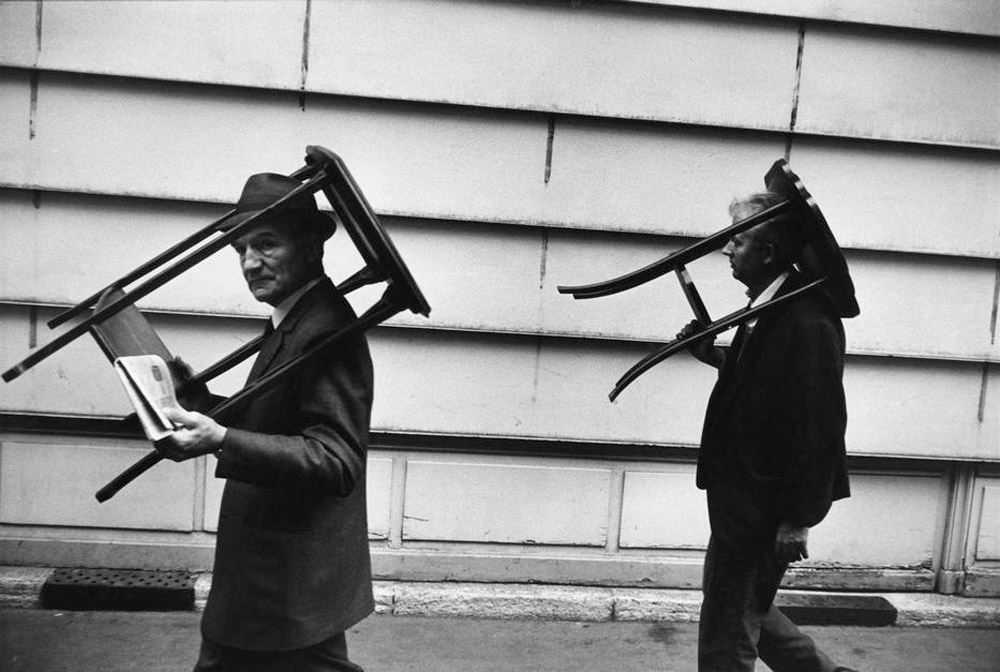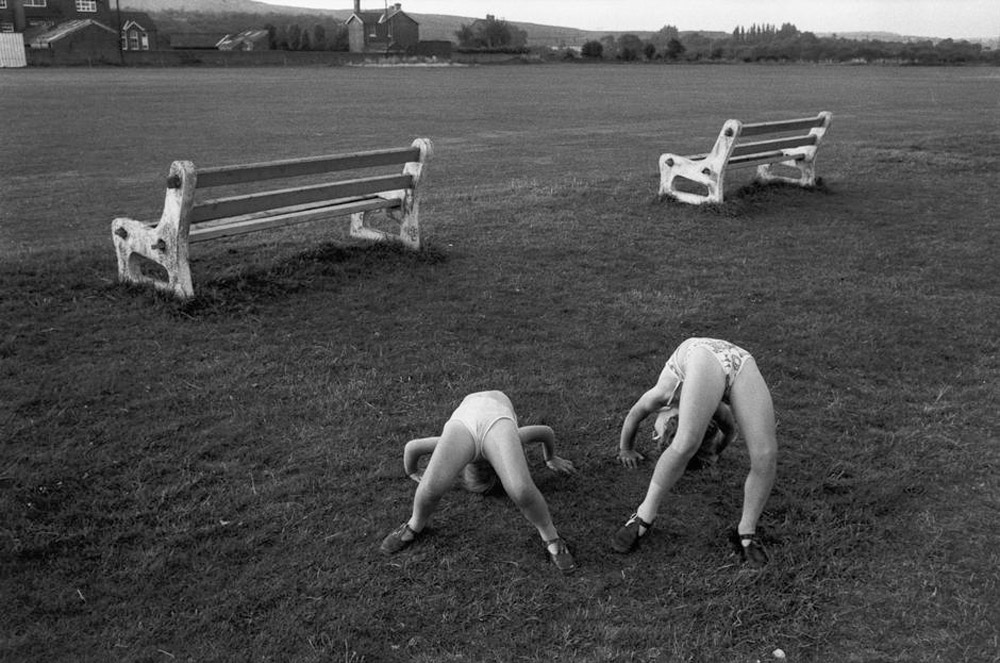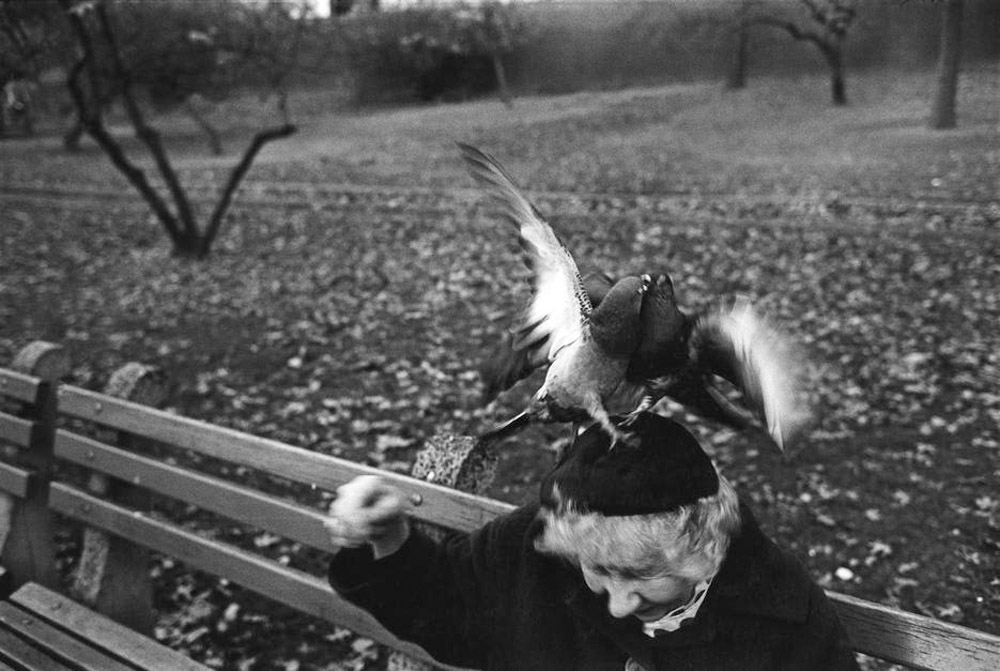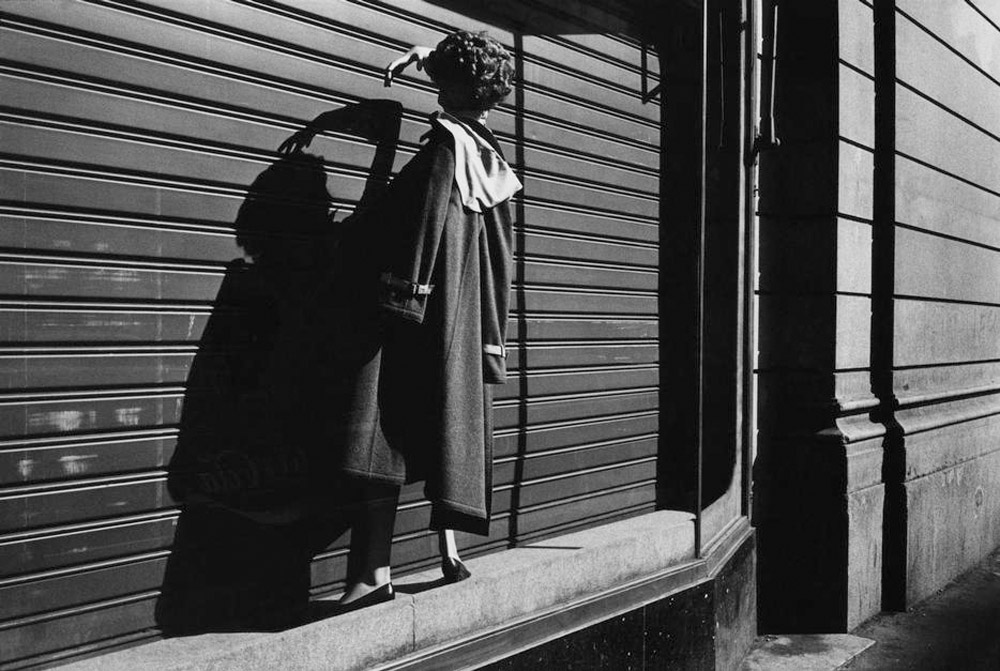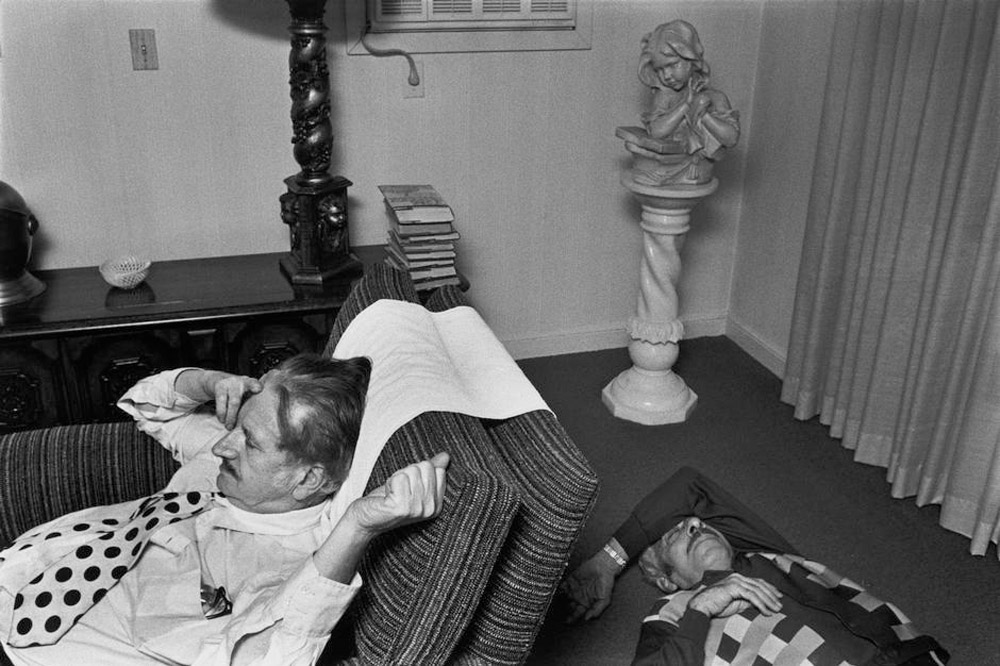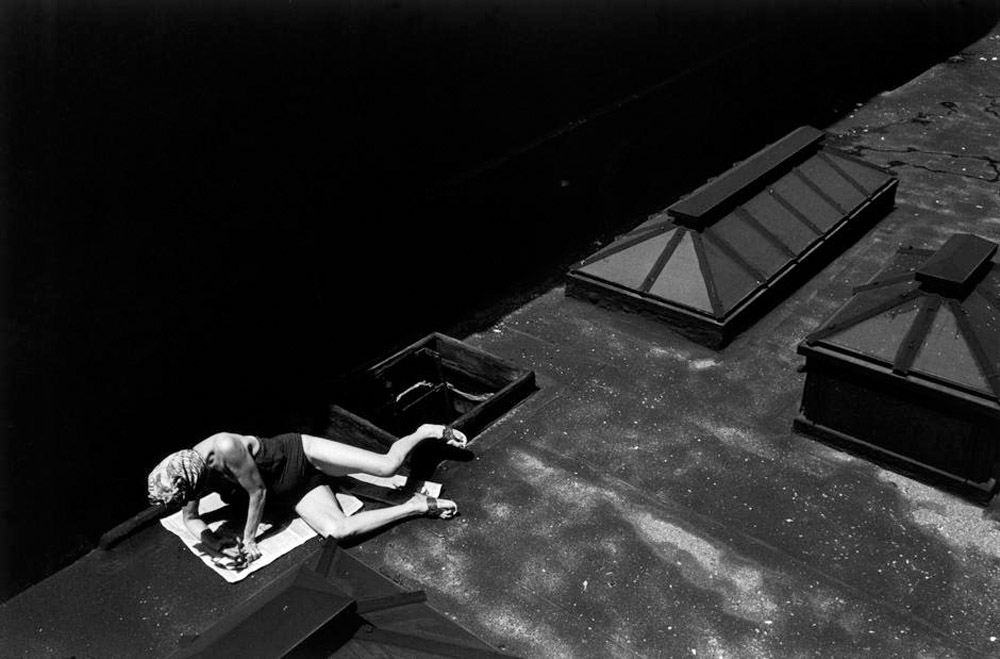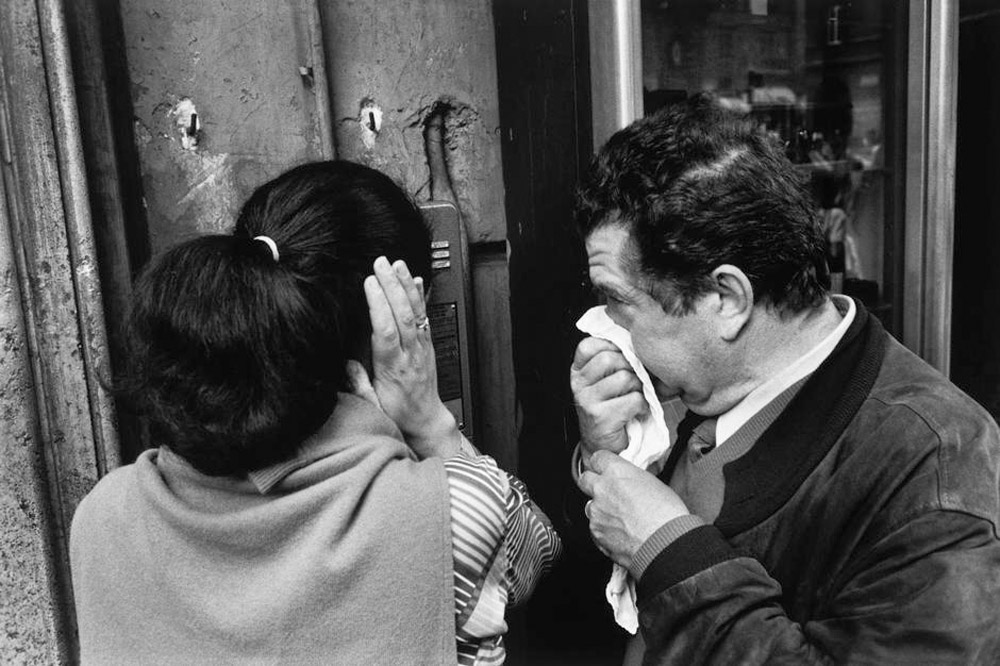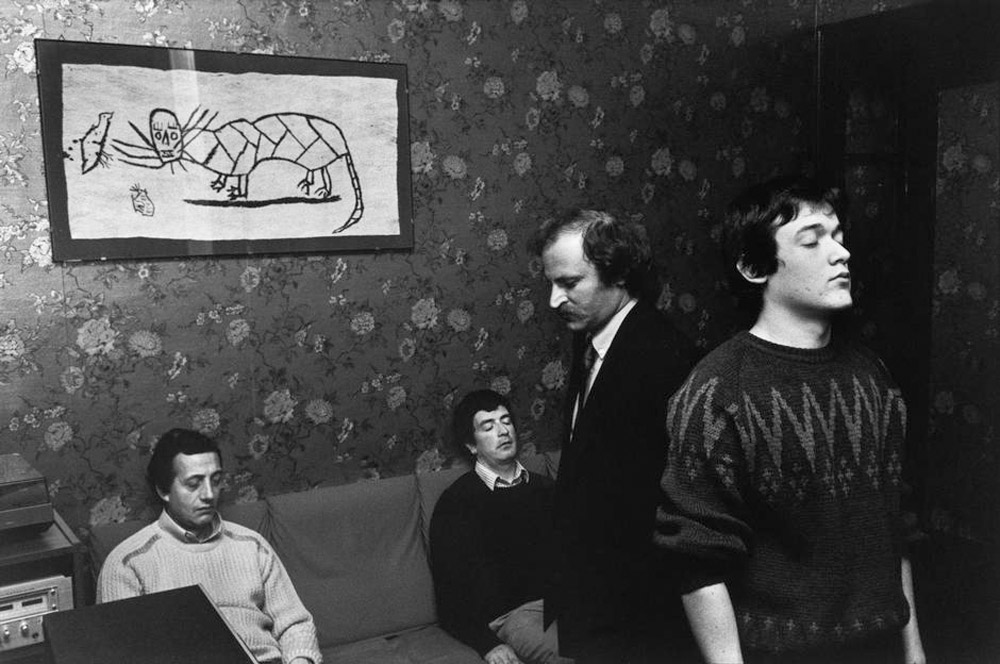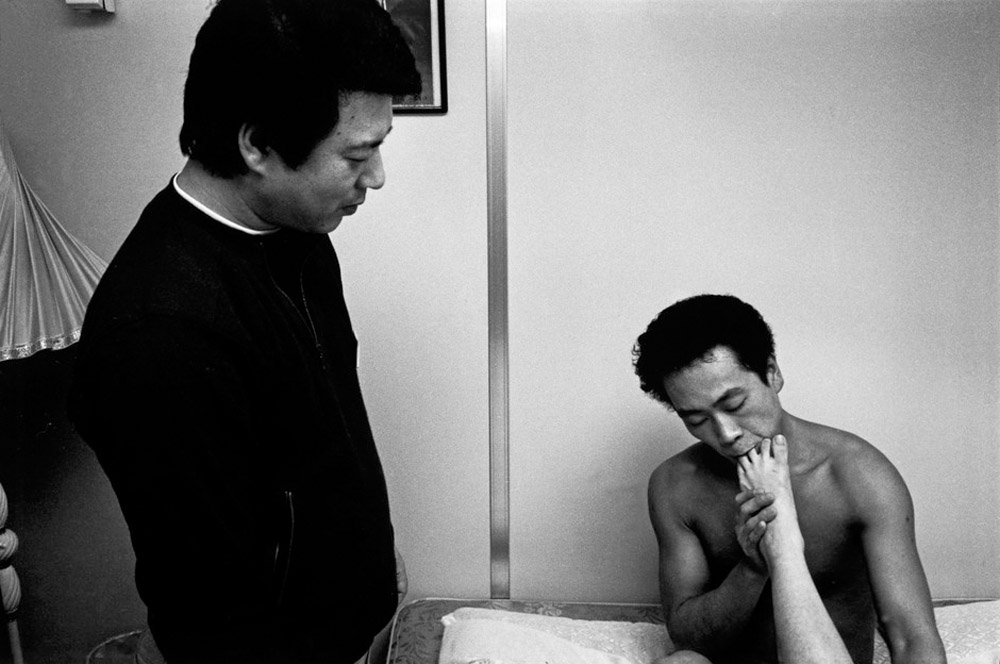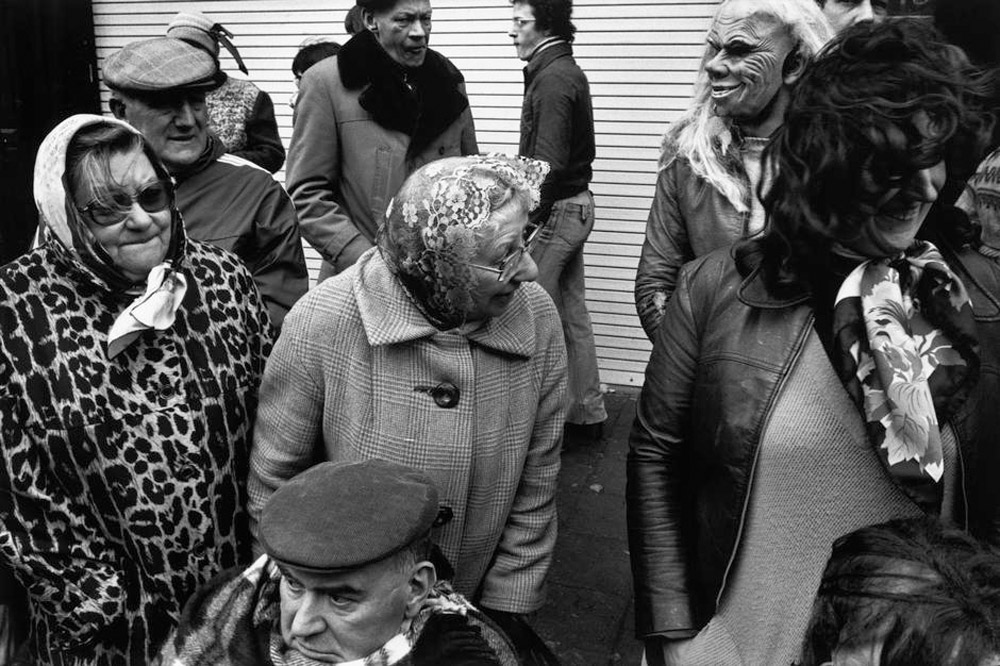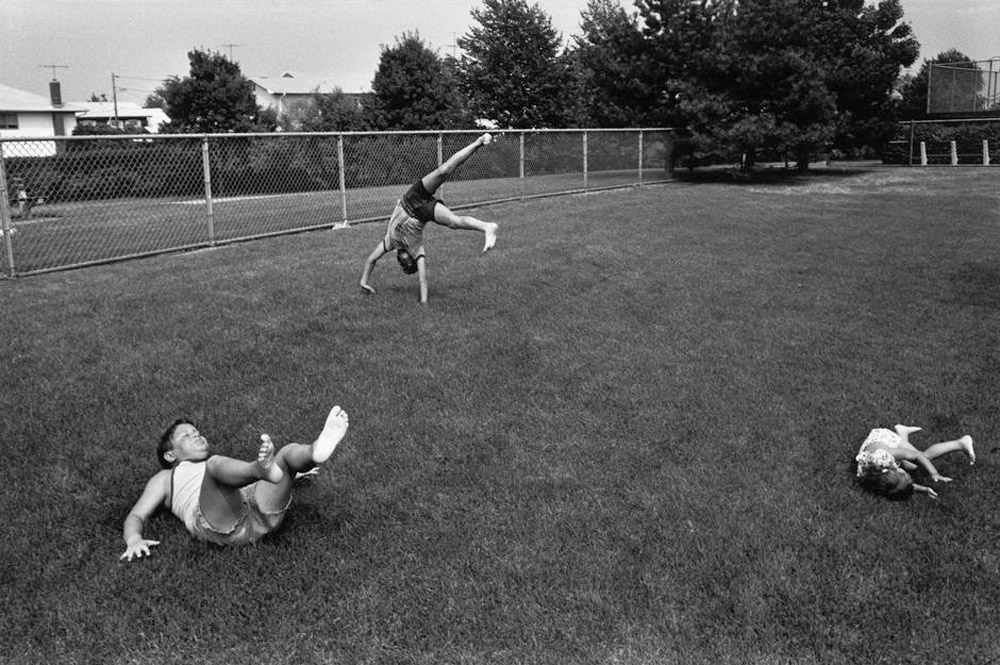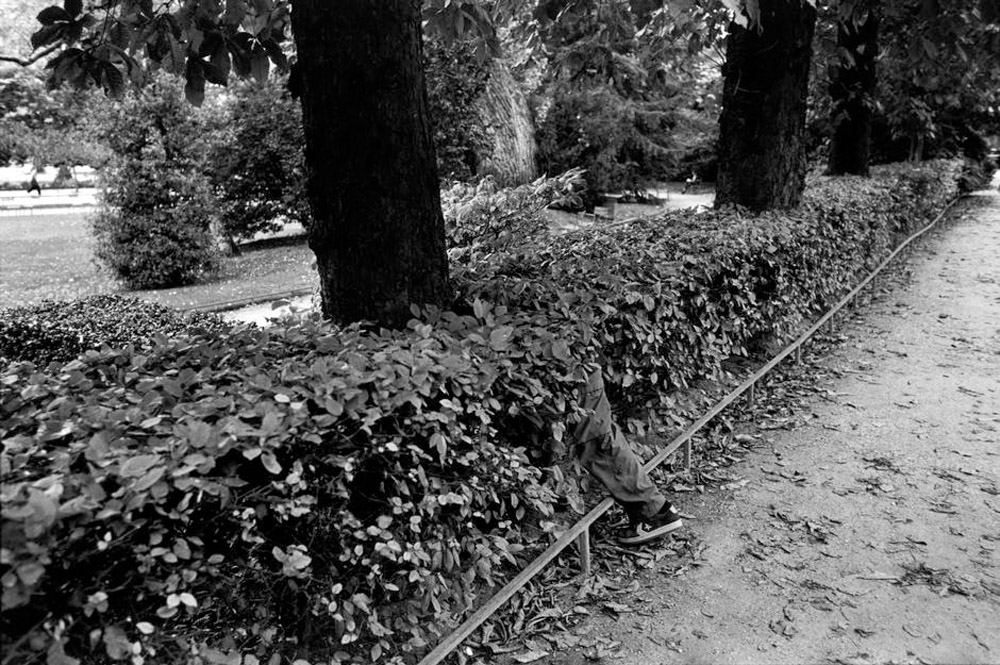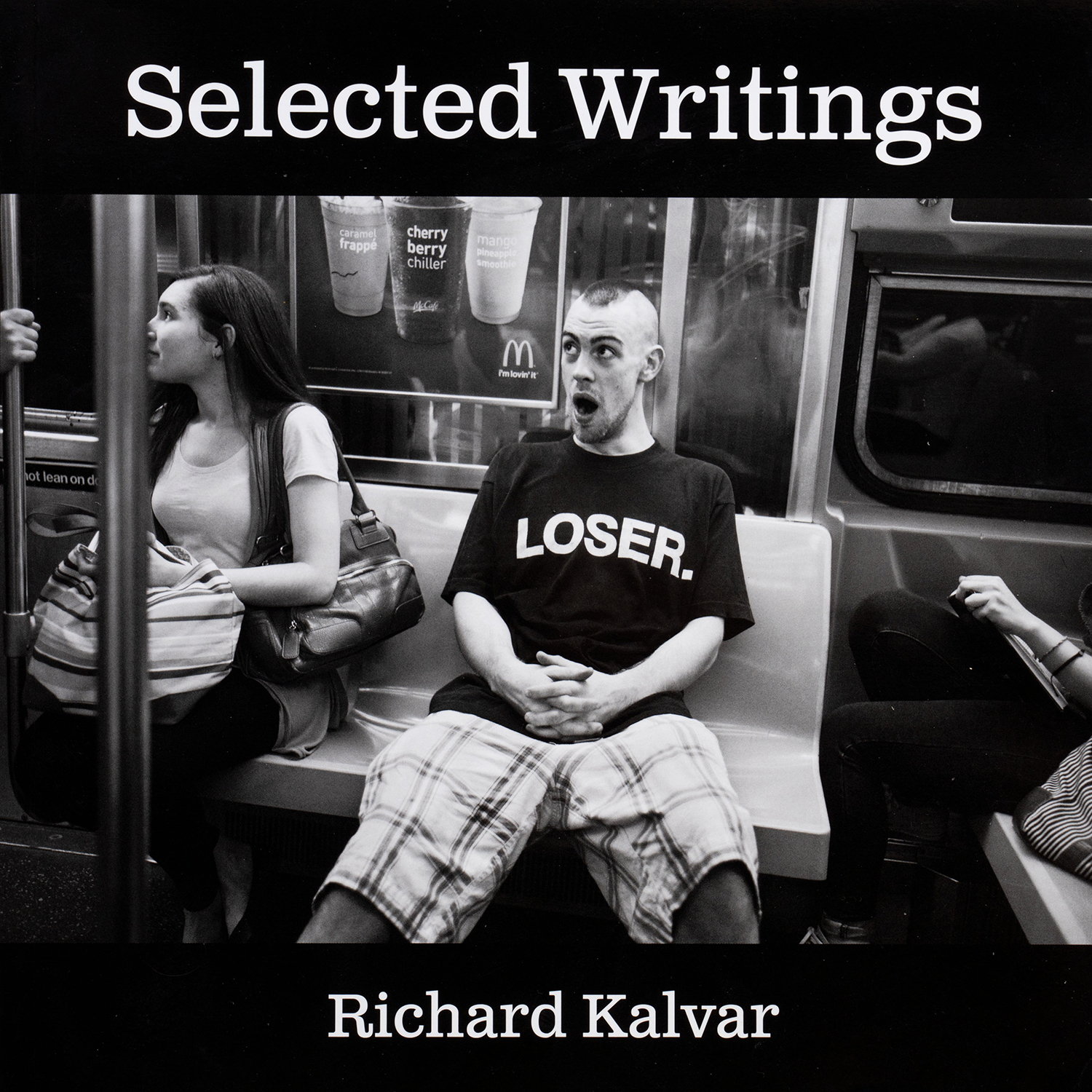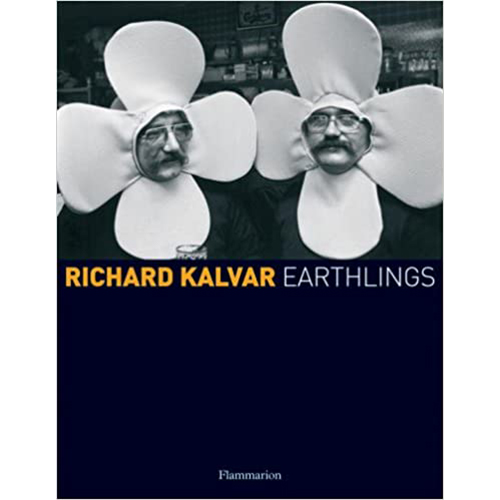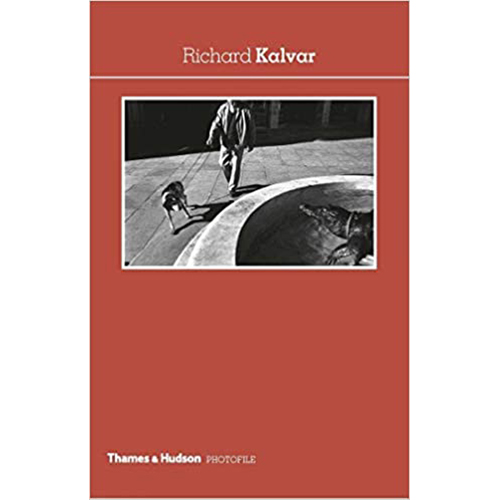I’m not crazy about the term “street photography” to describe what I do, because it’s not necessarily done on the street. The pictures can be taken on a farm, at the zoo, in an office, and so on. Let’s say we consider the general category of “unposed pictures of people” (or sometimes animals or even inanimate objects when they happen to be possessed by human souls), and then the subcategory “with nothing particularly important going on.” If we further narrow it down to the “play” sub-subcategory, we get into the domain I’ve worked in for forty years. That’s what I like to do: play with ordinary reality, using unposed actors who are oblivious to the dramas I’ve placed them in. I’ve always tried to photograph in my own natural way, but I can’t help noticing a connection with a bunch of mid-Atlantic (i.e., European and north-east coast American) photographers who do more or less what I’ve defined above: Robert Frank, Cartier-Bresson, Arbus, Friedlander, Erwitt….I find photographers like Paul Strand or Walker Evans admirable, but they leave me a little cold. When I first began in photography, I was liberated by seeing The Americans. Not that I wanted to take the same pictures as Frank, but I was excited by his way of “reacting to” rather than “showing”. “Showing” struck me as a little boring. The other thing about “showing” is that in a way it doesn’t really seem possible. There’s a tantalizing, asymptotic convergence between reality and a photograph, but the two never seem to get together. A picture looks like reality but is completely abstracted from it: it’s frozen in time, flat, silent, and ignorant of everything outside of the frame. The odor is gone, and sometimes even the color. The choice of the moment eliminates the continuity before and after, which is present in real reality. And of course only appearances can be photographed. But photographs sure look like reality, and it’s this complex and impossible relationship between the two that opens up all kinds of wonderful possibilities. As long as you don’t manipulate what’s going on, through posing or Photoshopping, you can create scenes that are both believable and absurd. Impressions are all. ~Richard Kalvar August 2007
Biography
Born 1944, Brooklyn, New York. Lives and works in Paris. After studying English and American literature at Cornell University from 1961 to 1965, Richard Kalvar worked in New York as an assistant to fashion photographer Jérôme Ducrot. It was an extended trip with a camera in Europe in 1966 that made him decide to become a photographer. After two years in New York he settled in Paris and joined the first Vu photo agency, and then in 1972 he helped found the Viva agency. In 1975, he became an associate member of Magnum Photos, and a full member two years later. He has since served as vice-president and president of the agency. He has photographed extensively in the US, Europe and Japan. Richard Kalvar’s photographs are marked by a strong aesthetic and thematic homogeneity. His images frequently play on a discrepancy between the banality of a real situation and a feeling of strangeness that emerges from a particular choice of timing and framing. What results is a state of tension between different levels of interpretation, attenuated by a touch of irony. In 1980 he had a one-man show at the Galérie Agathe Gaillard in Paris, and he has participated in many group shows. Specializing in daily urban life, Kalvar published Portrait de Conflans-Sainte-Honorine in 1993. The city of Rome has been the subject of an on-going personal project. A retrospective of Kalvar’s work was shown at the Maison Européenne de la Photographie in Paris in 2007, with a book published by Flammarion in Paris, London and New York at the same time. Richard Kalvar is represented by Magnum Photos.

